12 Tips and Tricks for Welding Magnesium-Based Alloys
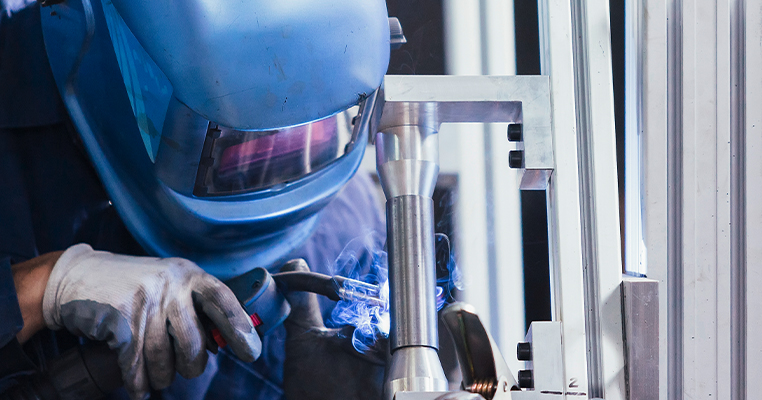
Contents
Magnesium is a very abundant metal, and it has several properties that make it very useful in specific fabrication applications. It’s the lightest available structural material, even lighter than aluminum and 78% lighter than steel, without sacrificing the strength necessary to maintain structural integrity. It’s very good at sound dampening, can be cast-formed, hot-formed, or machined, and can be recycled easily.
On the other hand, magnesium alloys can have specific issues that are very relevant to welding and fabrication. It has low elasticity, high shrinkage when it solidifies, and high reactivity to chemicals, including oxygen. Perhaps the biggest issue with magnesium alloys is corrosion resistance, which is why many alloys using magnesium take great pains to enhance corrosion resistant properties of the resulting material.
How can you effectively weld magnesium alloys together? Here are a dozen valuable tips and tricks to successfully join pieces of this capricious material.
1: Clean the Surface Properly
Certain kinds of welding don’t need to clean the surface of the material being joined, but when welding magnesium alloys, cleaning is a requirement. Because magnesium can oxidize readily, such materials are generally coated with a thin layer of a protective oil or chrome pickle. This coating prevents oxidation, but it’s also a contaminant that can jeopardize the weld when you work on the pieces of metal.
Some techniques like blast cleaning may not be ideal for magnesium alloy projects as they can introduce contamination into the material that can cause corrosion.
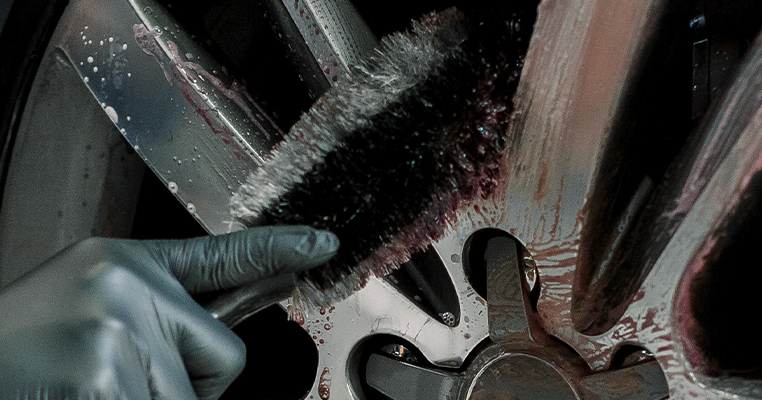
Two options are available for cleaning a magnesium alloy: mechanical cleaning and chemical cleaning.
- Mechanical cleaning means scrubbing or grinding the surface with a wire brush or other tool. Grinding, as well, is generally too harsh on magnesium, so an abrasive cloth or wire brush is used. Since this is somewhat inconsistent and variable, chemical cleaning is usually preferred.
- Chemical cleaning uses solvents such as trichloroethylene, tetrachloride, or perchloroethylene. Use extreme caution when cleaning your alloy; these chemicals are toxic, and their fumes can be hazardous and should only be used in a well-ventilated area away from open flames. Be familiar with your safety equipment and the emergency treatment procedures for these chemicals before using them. Similarly, wear proper protective equipment, including gloves and a mask, to avoid spilling these chemicals on the skin.
Typical chemical cleaning solutions should be rinsed with hot water and dried with air. Remember to clean your filler rod as well!
2: Beware of Fire
Magnesium ignites easily.
Magnesium rods are a common component in survival gear as a quick and easy fire starter. In powder form, magnesium can ignite readily and be very dangerous. Before welding, ensure the dust or filings from any cleaning are cleaned up and removed to avoid fire hazards.
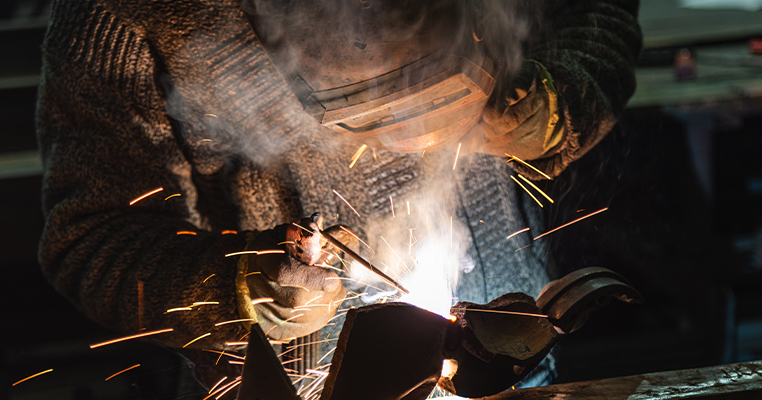
Magnesium fires also burn pretty hot. Water alone is insufficient to douse a flame; use dry sand, powdered soapstone, or graphite-based powders instead. It would be best if you also kept fire blankets and other safety equipment on hand.
Heat and fire are always at the forefront of any welder’s mind. Magnesium materials ignite under sustained heat, so welding should be done quickly to avoid sustaining these temperatures.
3: Pick the Right Welding Process
Because of the risk of oxidation, a shielding gas is required for joining magnesium alloys, even if those alloys include metals that help cut down on corrosion. Several processes can be used, though many are exotic, very limited in use, or require automated machinery rather than hand processes.
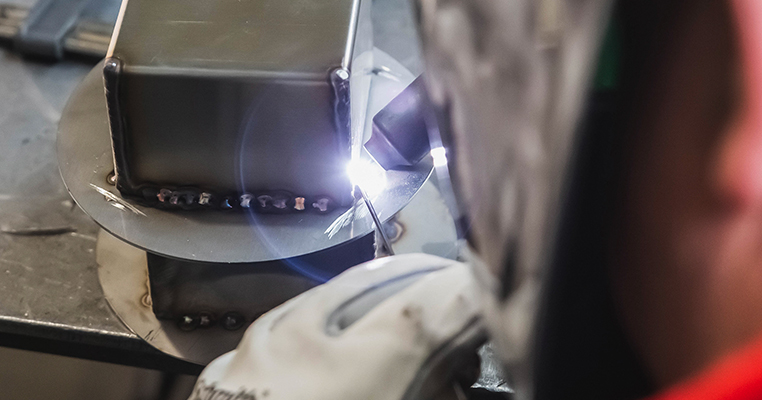
These include:
- Plasma Arc Welding, a precise but high-heat form of TIG welding that creates a jet of plasma to fuse two surfaces.
- Electron Beam Welding, a process that generates focused beams of electrons to perform the same task as an arc in traditional welding.
- Laser Beam Welding is a computer-controlled form of shielded welding that uses a high-intensity laser beam to focus precise heat to create welds.
- Friction Stir Welding, a process using friction to combine materials, is generally more used for traditional joins and not for repairs.
- Explosion Welding, a high-speed variation on friction welding that uses controlled explosions to force two materials together and fuse them.
- Electromagnetic Welding, a process using ferrous materials to heat up and fuse materials.
- Ultrasonic Welding uses ultrasonic waves to heat and fuse materials.
For the most part, only some of these processes will be commonly used outside of aerospace fabrication.
Instead, many fabricators’ two most common processes are TIG (Tungsten Inert Gas) welding and MIG (Metal Inert Gas) welding.
Most of the time, TIG welding is the way to go. MIG can be used if a stronger weld is required, but TIG generally does the job.
All of that said, many welding applications currently use laser welding. Computer-controlled precision, lower energy levels, and extremely fast and precise application all mean that the laser is the best option.
However, this must be controlled with a computer, not by hand.
4: Know When to Weld Magnesium
Different from many other forms of welding, magnesium welding is not often done for structural joining. Instead, most of the time, it is a process used to repair castings; this could be for building up worn metal in a workpiece, fixing inclusions or casting defects, or fixing thermal and vibration cracks in the piece.
Such repairs must hold up to use since casting a replacement is often very expensive.
Welding with magnesium alloys is most commonly used for aerospace, medical, and marine projects. Magnesium alloys are lightweight, strong, and have excellent thermal conductivity, making them a popular choice for these projects. Typical applications of welding with magnesium alloys include parts for aircraft, boats, medical instruments, sporting equipment, and even furniture.
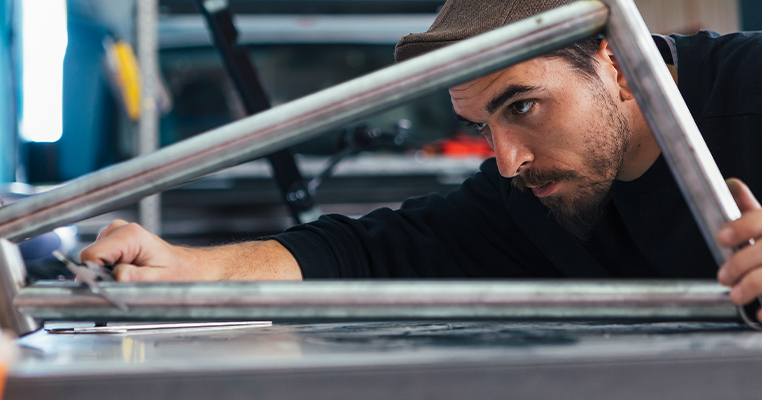
One of the most common applications for welding with magnesium alloys is in aircraft production. Aircraft components must be lightweight and robust to ensure safety, so magnesium alloys are a great choice. Other popular uses for magnesium alloys in the aerospace industry include exhaust, engine, and landing gear components.
In the medical industry, welding with magnesium alloys is often used to create implants and other medical instruments. Magnesium alloys are an excellent choice for this type of application due to their strength and biocompatibility. These metals are also non-toxic, which makes them a perfect choice for medical instruments that may come into contact with sensitive areas of the body.
Magnesium alloys are perfect for boats due to their strength and resistance to corrosion; this makes them ideal for hulls and frames as well as propellers and engine components. The marine industry is also a big user of magnesium alloys for welding projects.
Finally, magnesium alloys are also used in the sporting goods and furniture industries. Magnesium alloys are lightweight and powerful, making them perfect for sporting equipment such as baseball bats, tennis rackets, and golf clubs. They’re also ideal for furniture production as they’re lightweight but still strong enough to support the weight.
5: Pick the Right Filler
Choosing the right filler rod for your magnesium alloy is critical. There’s no officially-designated international code for specifying magnesium alloys; however, the American Society for Testing Materials created a designation system that has seen widespread adoption.
In this system, a series of letters and/or numbers designate the material composition of the alloy.
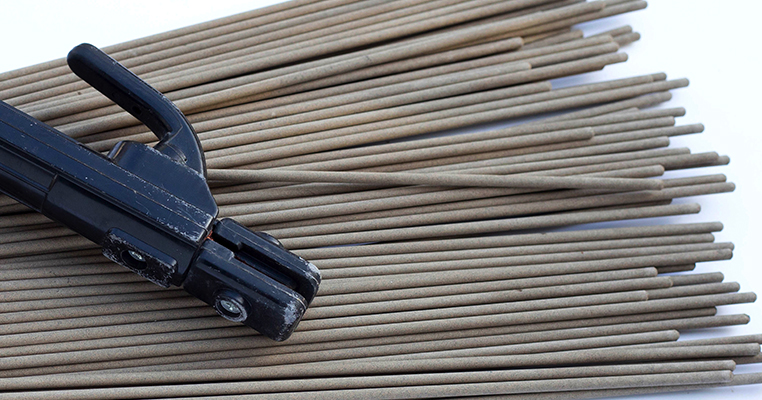
The first two letters of the code specify the primary alloying elements, including:
[A]luminum
[B]ismuth
[C]opper
Ca[D]mium
Rare [E]arths
Iron ([F]e)
Ma[G]nesium
T[H]orium
Zir[k]onium
[L]ithium
[M]anganese
[N]ickel
Lead([P]b)
Silver[Q])
Ch[R]omium
[S]ilicon
[T]in
Yttrium([W])
Antimon[Y]
[Z]inc
We don’t know why some of these are chosen, like Y for Antimony rather than Yttrium. Take it up with the ASTM!
Further, numbers will indicate the composition of these elements in percentages. For example, AZ91 would be a magnesium alloy with around 9% A (aluminum) and 1% Z (zinc); this is a common filler material, as zinc and aluminum are common additions to magnesium to help cut down on their drawbacks. AZ101 is one of the most forgiving fillers for most use cases. Other common fillers include AZ61A, AZ92A, and EZ33A.
Knowing the alloy of the material you’re working on will help you understand which filler to choose for the job. A specific and appropriate filler is always better than a generic filler.
6: Preheat Thick Parts, If Necessary
Magnesium is prone to cracking under thermal stress; this can happen during casting, thermal expansion, and welding around the heat-affected zone. One way to help minimize the risk of cracking, particularly when welding magnesium alloys, is to preheat the materials to around 200-300 degrees C.

This step helps improve the thermal gradient between the immediate work area, the weld pool, and the “cold” metal around it. Otherwise, you risk repairing a crack and creating cracks around the repair in the same way.
The relatively low temperature for preheating is essential because higher heat can reduce the strength of the finished product. When joining two materials of different sizes, pieces above a quarter inch in thickness should also be preheated.
7: Pick the Right Shielding Gas
As mentioned above, one of the biggest issues with using magnesium as a material is its susceptibility to oxidation. The specificity of the filler material means you can’t use a flux-containing material to produce your shielding gas in situ. Instead, external shielding gas must be used.
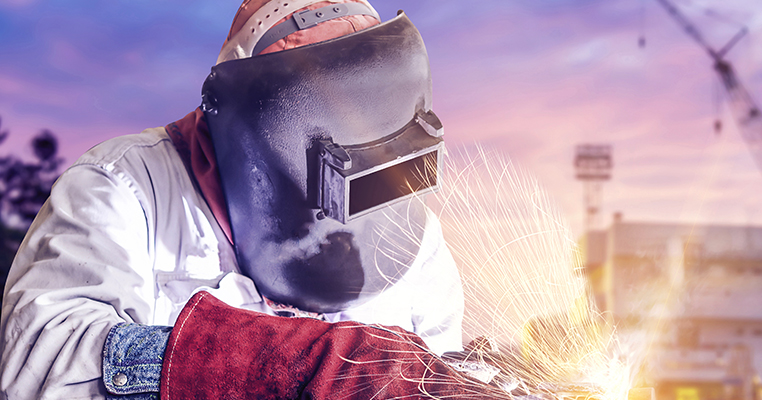
Generally, your choice will be between argon, helium, or a mixture. Argon is the most common due to its low ionization potential and arc stability, as well as limiting heat input and keeping arc penetration shallow to minimize cracking and inclusions.
Note: While we said flux isn’t usually used, it can be used in thicker materials.
Pure helium is the ideal shielding gas for laser welding but leads to too high heat input in TIG welding.
8: When in Doubt, Use Multiple Passes
Heat management is a huge issue for magnesium welding, which means that you can’t make one deep weld with a deep pool of filler material. Not only do you risk burning through the materials, but the heat gradient also risks cracking or jeopardizing the strength of the area surrounding the joint.

Instead, you want a very shallow pool with a very small bead, with small, precise welds. Clean in between each pass to make sure there are no sources of contamination from the exposed metal oxidizing; this is, again, why laser welding is so common in magnesium welding today.
As far as procedure is concerned, the best option is to create a generous bevel in the area to be repaired or joined, to allow for full penetration while maintaining the shape of the piece within tolerances. For larger repairs or joins, the weld should be created from the center outwards, on either side. A backing plate may be necessary.
9: If Necessary, Heat Treat
While this may not be the welder’s job, magnesium workpieces may need heat treatment to regain their overall strength when a repair is finished.
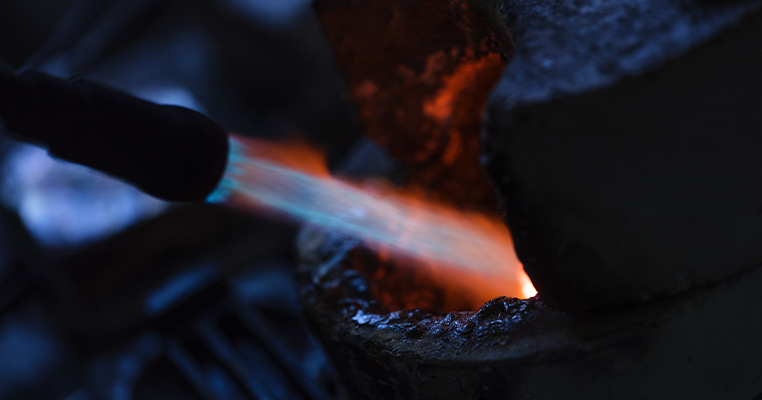
Heat treating is its own specific process and must be handled properly to ensure uniform strength throughout the finished piece. Without it, the repair could simply be the source of a new point of failure adjacent to it.
10: Use Laser Welding if Possible
Using TIG welding to repair or join magnesium workpieces may have been more commonplace in the past. Still, modern high-precision requirements and extreme tolerances necessary for a finished piece mean that the relative imprecision and risk of inconsistent welds mean that laser welding is generally the best option whenever possible.
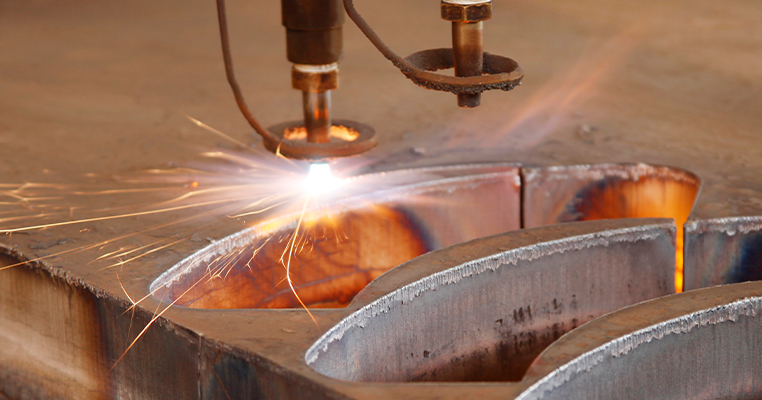
While this requires a more complex machine and a different set of skills, many of the same tips apply. You will still need to clean the surfaces properly, beware of the fire risk, and know what the appropriate filler materials are, so many of the same skills are transferable.
11: Leave It to the Pros
Amateur welders typically begin by learning with thick pieces of mild steel and progress into more specific and complex kinds of welding.

Aluminum welding is often considered a difficult kind of welding due to the softness, heat transferability, and risk of burn-through. In many ways, magnesium welding is even more difficult and is not an introductory kind of welding. When in doubt, leave such welding to the pros.
12: Use the Right Equipment
One of the most important elements of proper welding is making sure you have the right equipment on hand to complete the task. Tig welding with magnesium alloys requires specific equipment, which you may not have on hand. If you need the right equipment, we have several options for you.

For example, our welder rentals offer various single- and multi-process welding equipment for rent. If the finished product requires heat treating, we also have heat treating equipment available.
Furthermore, if you want to purchase machinery for yourself instead of renting it, our used equipment sales are a great option.
If you’re looking to learn more about welding in general, feel free to browse the rest of our blog. If you have a specific question that we haven’t answered, you can also reach out to us at any time. Our experts are standing by to assist with questions from beginner to advanced and from small, hobbyist scales all the way up to industrial scales.
No problem is too large or too small; we can weld it all!



